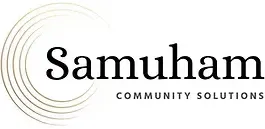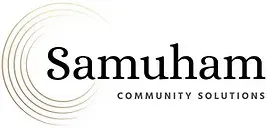Nonprofit Grant Writing Strategies: Prepare for Grants Ahead of Time
Introduction
For small to medium nonprofits and grassroots organizations in Australia, securing funding can be a challenging task, especially when there are no active grants available. However, the off-grant season provides an excellent opportunity to lay the groundwork that will make future funding applications more effective and streamlined. In this article, we'll explore nonprofit grant writing strategies can implement to stay prepared and proactive.
Creating a Simple Budget
Understanding Costs
A detailed budget is essential for any nonprofit organization. It helps you understand the financial requirements needed to sustain your operations and projects. Key expenses to include are:
- Rent: Office or event space rental costs.
- Fuel: Transportation expenses for staff and volunteers.
- Food: Meals for volunteers and beneficiaries during events.
- Printing: Costs for marketing materials, reports, and flyers.
By accounting for these expenses, you can create a realistic budget that reflects the actual costs of running your organization. You can find a template here.
Calculating Volunteer Hours
Volunteers are a crucial resource for nonprofits, and their contributions should be quantified. Estimating the value of volunteer hours can provide a clearer picture of your organization’s overall contributions. To assist with this, you can use the cost of volunteering calculator.
Collecting Testimonials
Highlighting the impact of your programs demonstrates their effectiveness and value. Include statistics, stories, and testimonials to make your case compelling.
Testimonials from the people you’ve helped are powerful tools that demonstrate the impact of your work. Partnerships with other organizations are equally important. Collecting written and oral testimonials can provide authentic evidence of your organization’s value. Here are a few tips:
- Request written testimonials via email or feedback forms.
- Record short video testimonials during events or meetings.
Introducing Yourself to Community Leaders
Networking with Local Influencers
Building relationships with community leaders, other organizations, and local councillors can open doors to new opportunities and support. Introduce yourself and your work using formal letters or emails. You can find useful templates for this purpose here.
Preparing a Program Plan
Having a clear outline of your current and future programs is crucial. This should include:
- Program Descriptions: Brief summaries of what each program entails.
- Goals: The intended outcomes and objectives.
- Impact: Evidence or data showing the program's success.
You can use this template
here.
Always Have a 60-Second Pitch
In addition to these strategies, it's crucial to have a concise 60-second pitch ready for when someone asks what you need funding for. This pitch should clearly articulate your nonprofit's mission, the impact of your work, and what specific financial support is needed. Having this pitch prepared can make a significant difference when engaging potential donors or community partners on short notice.
When funding opportunities arise, having a list of top priorities will help you act quickly and efficiently. Consider the following:
- Urgency: Which initiatives need immediate attention?
- Impact: Which projects will have the most significant effect on your mission?
- Feasibility: Which goals are realistic given your current resources?
Ensure that your priorities align with your organization's mission and long-term goals. This alignment will make your funding applications more coherent and persuasive.
Conclusion
Preparing for grants ahead of time can significantly enhance your nonprofit’s ability to secure funding. By creating a comprehensive budget, collecting testimonials, networking with community leaders, preparing detailed program outlines, and setting clear priorities, you can ensure that your organization is always ready to seize funding opportunities. Start implementing these strategies today to build a strong foundation for future success.
For assistance or access to free resources, please get in touch - info@samuham.org or 0456 130 666 for a free consult.
Photo credit:
https://www.pexels.com/photo/hands-typing-on-a-laptop-keyboard-5474294/





